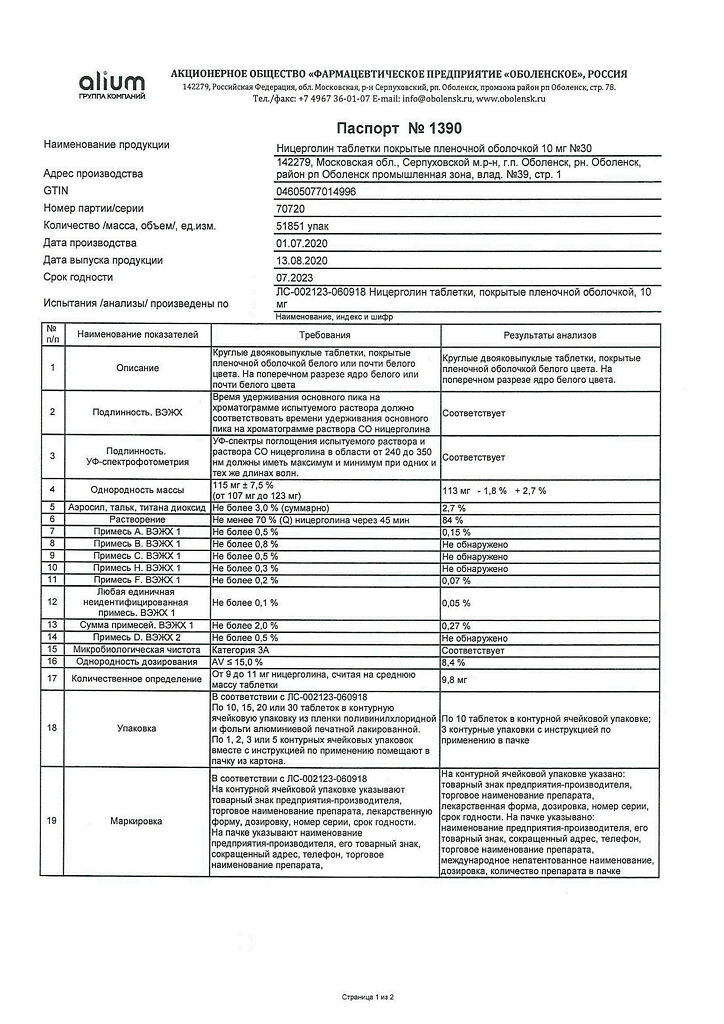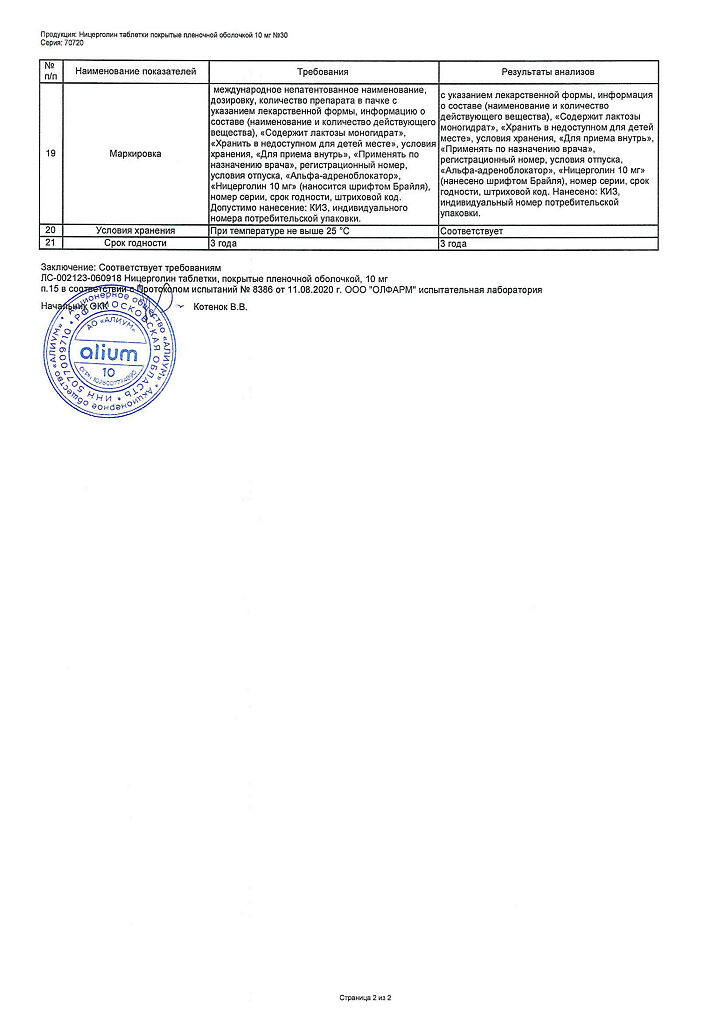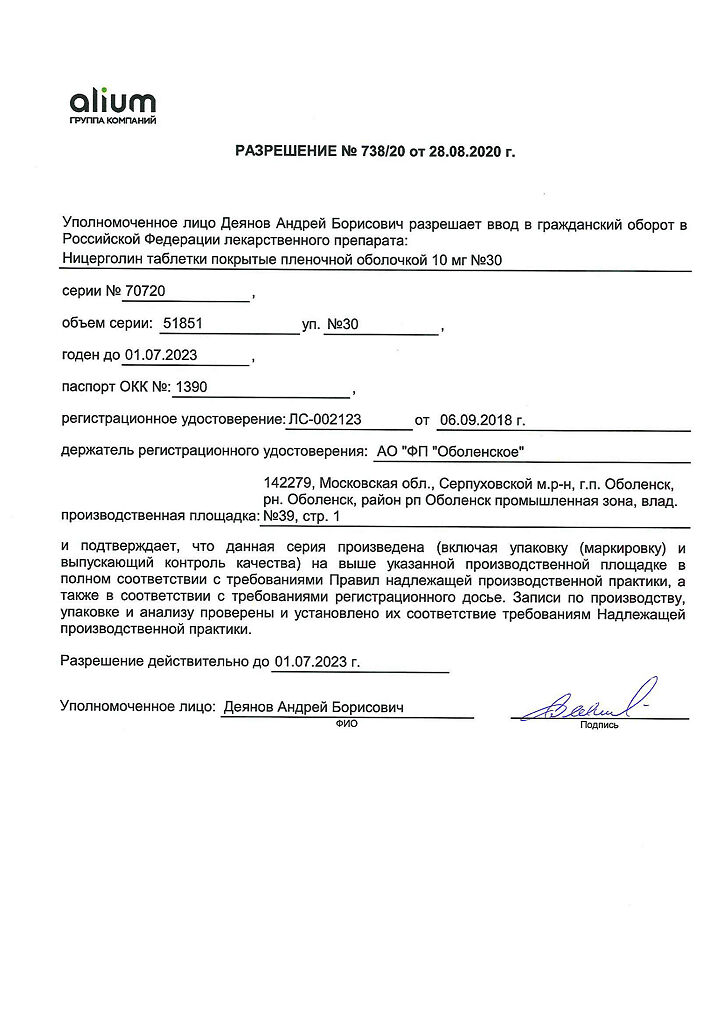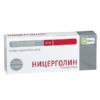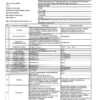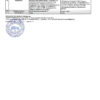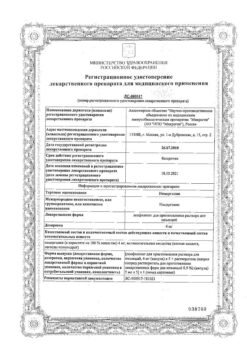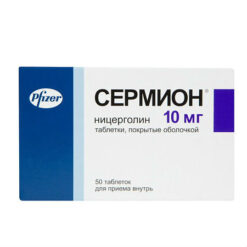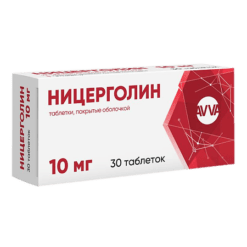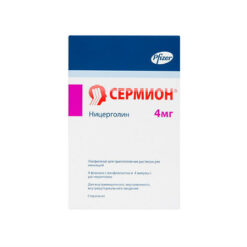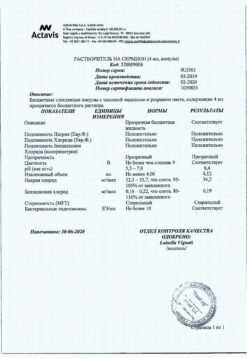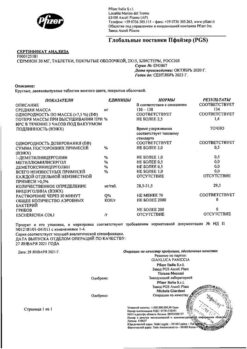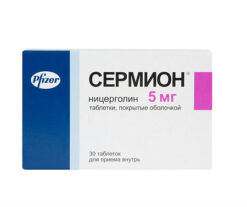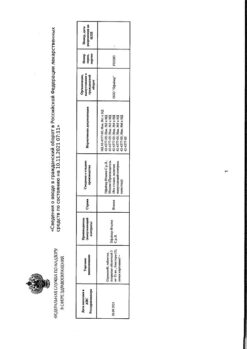No products in the cart.
Nitsergoline, 10 mg 30 pcs
€14.32 €12.41
Out of stock
(E-mail when Stock is available)
Description
Pharmacotherapeutic group
Alpha-adrenoblocker
Pharmacological properties
Produces alpha 1-adrenoblocking action
./p>
Pharmacokinetics
After oral administration, nicergoline is rapidly and almost completely absorbed. The main products of metabolism of nicergoline are 1,6-dimethyl-8β-hydroxymethyl-10α-methoxyergoline (MMDL, hydrolysis product) and 6-methyl-8β-hydroxymethyl-10α-methoxyergoline (MDL, demethylation product by CYP2D6 isoenzyme). Ratios of the area under the concentration-time curve (AUC) values for MMDL and MDL when administered orally and intravenously with nicergoline indicate marked metabolism during the first passage.
After oral administration of 30 mg of nicergoline, maximum concentrations of MMDL (21 ± 14 ng/mL) and MDL (41 ± 14 ng/mL) were reached after approximately 1 and 4 hours, respectively, and then MDL concentrations decrease with a half-life of 13 to 20 hours. Food intake has no significant effect on the degree and rate of absorption of Nicerglin.
Nicergoline actively ( > 90%) binds to plasma proteins, with a greater degree of affinity for α-acid glycoprotein than for serum albumin. It has been shown that nicergoline and its metabolites can be distributed in blood cells. The pharmacokinetics of nicergoline at doses up to 60 mg are linear and do not vary with the age of the patient.
Nicergoline is excreted as metabolites, mainly in the urine (approximately 80% of the total dose) and in small amounts in the feces (10 – 20%). In patients with severe renal impairment a significant decrease in the degree of excretion of metabolites with urine is observed compared to patients with normal renal function.
Indications
Indications
Acute and chronic (metabolic and vascular) peripheral disorders (organic and functional arteriopathies, Raynaud’s disease, syndromes caused by disorders of peripheral blood flow).
Active ingredient
Active ingredient
Composition
Composition
1 tablet contains:
Active ingredient:
Associates
Lactose monohydrate – 70.0 mg
Potato starch – 26.9 mg
Colloidal silica (aerosil) – 2.0 mg
magnesium stearate – 1.1 mg
Average weight of the tablet without the shell – 110 mg
Shell excipients
sucrose (sugar) – 65.3 mg
povidone – 1.967 mg
magnesium hydroxycarbonate pentahydrate – 2.1 mg
silicon dioxide colloid (aerosil) – 0.13 mg
0.016 mg of talcum powder
titanium dioxide – 0.37 mg
beeswax – 0.117 mg
Average weight of the coated tablet – 180 mg
Auxiliary substances – core:
Potato starch,
magnesium carbonate basic,
milk sugar (lactose),
stearic acid,
magnesium stearate,
Polyvinylpyrrolidone low molecular weight medical (povidone),
coating:
sucrose,
magnesium carbonate basic,
How to take, the dosage
How to take, the dosage
Overly, 10 mg three times daily at equal intervals over a long period of time (up to several months).
In vascular dementia, 30 mg twice daily is indicated, and every 6 months it is recommended that a physician be consulted about the advisability of continuing therapy.
The dose and duration of treatment depend on the nature and severity of the disease and the effectiveness of treatment. In some cases, it may be preferable to start therapy with parenteral administration and then switch to oral administration for maintenance treatment.
In impaired renal function (serum creatinine ⥠2 mg/dL) the drug is recommended in lower therapeutic doses.
Interaction
Interaction
Nicergoline is metabolized by the CYP450 isoenzyme 2D6, so we cannot rule out the possibility of interaction with drugs that are metabolized with the participation of the same enzyme.
Special Instructions
Special Instructions
In therapeutic doses, nicergolin usually has no effect on blood pressure; however, in patients with arterial hypertension, the drug may cause a gradual decrease in blood pressure.
The drug works gradually, so it should be taken over a long period of time, and the physician should periodically (at least every 6 months) evaluate the effect of continuing treatment.
The effect on driving and operating machinery
While nicergoline improves reaction and concentration, its effect on the ability to drive and operate complex machinery has not been specifically studied. Caution should be used in all cases, given the nature of the underlying condition.
Contraindications
Contraindications
Hypersensitivity to nicergoline or other drug components, recent myocardial infarction, acute bleeding, significant bradycardia, orthostatic dysregulation, sucrose/isomaltase deficiency, lactase deficiency, lactose intolerance, fructose intolerance, glucose-galactose malabsorption, children under 18 years old.
With caution
Hyperuricemia or gout in the history and/or in combination with drugs that disrupt uric acid metabolism or excretion.
Side effects
Side effects
Allergic reactions, decreased blood pressure, dizziness, fever, drowsiness or insomnia, dyspeptic phenomena.
The uric acid concentration in the blood may increase, and this effect does not depend on the dose and duration of therapy. Side effects are usually mild to moderately pronounced.
If any of the side effects listed in the instructions worsen, or if you notice any other side effects not listed in the instructions, tell your doctor.
Overdose
Overdose
Symptoms: transient pronounced decrease of blood pressure.
Treatment: usually no special treatment is required, it is enough to put the patient in a horizontal position for a few minutes, in exceptional cases with acute impairment of blood supply to the brain and heart it is recommended to administer sympathomimetic drugs under constant control of blood pressure.
Pregnancy use
Pregnancy use
Nicergoline should be used only if the expected benefit to the mother outweighs the possible risk to the fetus and child.
Similarities
Similarities
Additional information
| Shelf life | 3 years |
|---|---|
| Conditions of storage | In a place protected from light, at a temperature not exceeding 20 °C. |
| Manufacturer | Obolenskoe FP JSC, Russia |
| Medication form | pills |
| Brand | Obolenskoe FP JSC |
Other forms…
Related products
Buy Nitsergoline, 10 mg 30 pcs with delivery to USA, UK, Europe and over 120 other countries.


